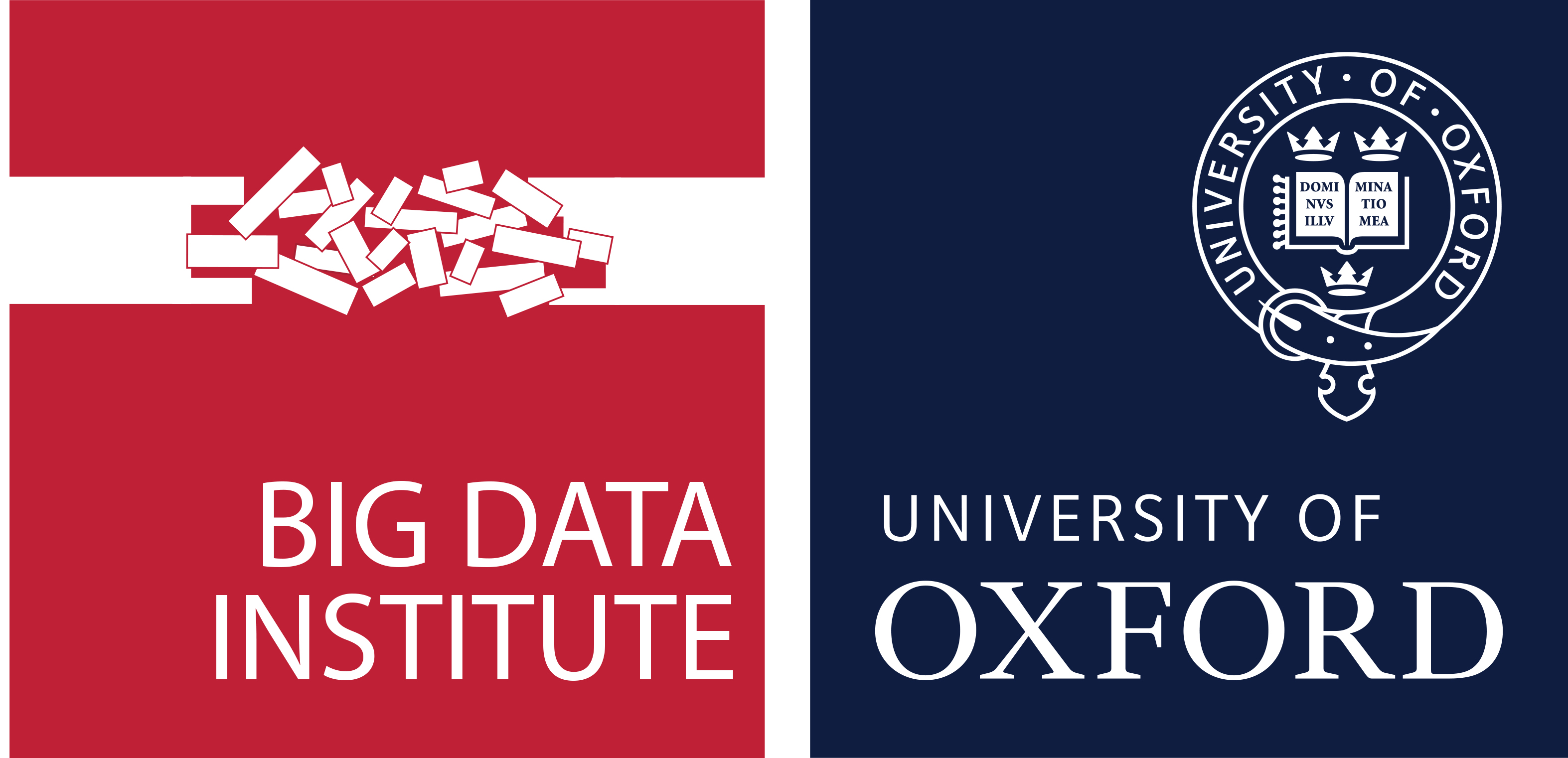Nrf2-interacting nutrients and COVID-19: time for research to develop adaptation strategies.
Bousquet J., Cristol J-P., Czarlewski W., Anto JM., Martineau A., Haahtela T., Fonseca SC., Iaccarino G., Blain H., Fiocchi A., Canonica GW., Fonseca JA., Vidal A., Choi H-J., Kim HJ., Le Moing V., Reynes J., Sheikh A., Akdis CA., Zuberbier T., ARIA group None.
There are large between- and within-country variations in COVID-19 death rates. Some very low death rate settings such as Eastern Asia, Central Europe, the Balkans and Africa have a common feature of eating large quantities of fermented foods whose intake is associated with the activation of the Nrf2 (Nuclear factor (erythroid-derived 2)-like 2) anti-oxidant transcription factor. There are many Nrf2-interacting nutrients (berberine, curcumin, epigallocatechin gallate, genistein, quercetin, resveratrol, sulforaphane) that all act similarly to reduce insulin resistance, endothelial damage, lung injury and cytokine storm. They also act on the same mechanisms (mTOR: Mammalian target of rapamycin, PPARγ:Peroxisome proliferator-activated receptor, NFκB: Nuclear factor kappa B, ERK: Extracellular signal-regulated kinases and eIF2α:Elongation initiation factor 2α). They may as a result be important in mitigating the severity of COVID-19, acting through the endoplasmic reticulum stress or ACE-Angiotensin-II-AT1R axis (AT1R) pathway. Many Nrf2-interacting nutrients are also interacting with TRPA1 and/or TRPV1. Interestingly, geographical areas with very low COVID-19 mortality are those with the lowest prevalence of obesity (Sub-Saharan Africa and Asia). It is tempting to propose that Nrf2-interacting foods and nutrients can re-balance insulin resistance and have a significant effect on COVID-19 severity. It is therefore possible that the intake of these foods may restore an optimal natural balance for the Nrf2 pathway and may be of interest in the mitigation of COVID-19 severity.

